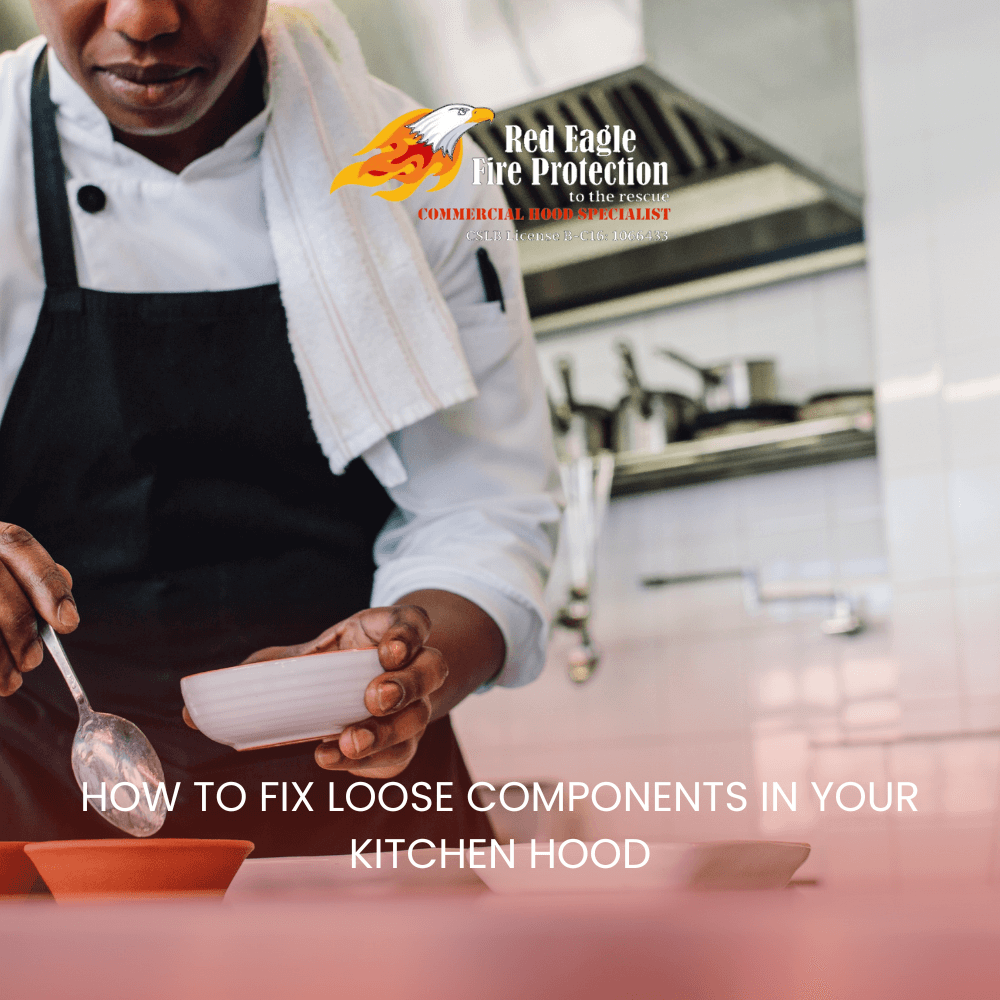One of the most common issues homeowners face with their kitchen exhaust hood is loose components. Over time, regular use and vibrations can cause screws, filters, and other parts to loosen, leading to noise and reduced efficiency. Fortunately, many of these problems can be resolved with basic DIY kitchen exhaust hood repair. In this guide, we’ll walk you through how to fix loose components in your kitchen hood to keep your system running smoothly.
Identifying Loose Components in Your Kitchen Exhaust Hood
The first step in any kitchen exhaust hood repair is identifying the issue. If you notice unusual rattling, shaking, or reduced airflow, it’s likely that one or more components are loose. Common culprits include screws, filters, fan blades, and the hood’s mounting brackets. By inspecting these areas, you can pinpoint the source of the problem and take appropriate action.
Step 1: Turn Off the Power
Before starting any repairs on your kitchen exhaust hood, always turn off the power to ensure your safety. You can either unplug the unit or switch off the circuit breaker that controls the hood. This is a critical step in preventing electrical shocks or accidents while performing the kitchen exhaust hood repair.
Step 2: Tightening Loose Screws and Fasteners
Loose screws are a common issue in kitchen exhaust systems. Vibrations from the fan can gradually loosen screws in the hood’s housing, mounting brackets, or filter frame. Using a screwdriver, inspect all visible screws and fasteners and tighten any that are loose. Be sure to check the areas around the fan, filters, and exterior panels for loose components that might be causing noise or instability.
Step 3: Securing the Kitchen Hood Filters
The filters in your kitchen exhaust hood can also become loose over time. If the filters are not properly seated, they may rattle or even fall out during operation. Remove the filters and check their frames for any bent or damaged edges. Reinsert the filters securely, ensuring they are locked into place to prevent movement during use. Keeping your filters secure is a key part of efficient kitchen exhaust hood repair.
Step 4: Checking the Fan Blades for Looseness
Fan blades that are not tightly secured can lead to a noisy kitchen exhaust system and reduced performance. To fix loose fan blades, remove the fan cover and check the blades for any looseness or wobbling. Tighten the screws that hold the blades in place, making sure they are securely fastened to the motor. This will reduce noise and improve the efficiency of your hood’s ventilation.
Step 5: Inspecting the Mounting Brackets
If your kitchen hood is attached to the wall or ceiling, the mounting brackets may become loose over time. Check the brackets to ensure they are securely fastened to the wall or ceiling, and tighten any loose screws. Properly secured mounting brackets will prevent unnecessary movement and potential damage, ensuring your kitchen exhaust hood remains stable.
Fixing loose components is an essential part of maintaining a well-functioning kitchen exhaust hood. By regularly inspecting and tightening screws, securing filters, and checking fan blades, you can keep your hood running smoothly and avoid more serious kitchen exhaust hood repair needs. If you encounter more complex issues, don’t hesitate to consult a professional to ensure your system stays in top condition.
READ MORE:

